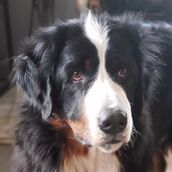
The death of Samson has touched us incredibly deeply. His life started rocky, and believe me, we tried so hard to keep him happy, and most of all, healthy.
His life started 14.5 months ago.
I made the decision to breed Odaa with a magnificent stud, Boris. Odaa carried 13 large puppies and with the swift thinking of my veterinarian, we made the right decision regarding birth. All puppies lived.
Samson was born not breathing. No biggie, that happens. We did not give up on him. It took us a long time, but we got him breathing. So we chose a strong name for him, Samson...
I know I can be odd sometimes and come across as crude, but I love my dogs and will do everything I need to do in order to ensure their health and well-being. I firmly believe that where there is life, there is hope. As a former RPN (working in mostly nursing homes, as well as also handicapped and briefly psychiatric services), I can appreciate all life.
Samson struggled right from birth. He had a hard time latching on. Even while drinking from the bottle, he was not like any other puppy, he struggled. When the other puppies were standing and starting to walk, it became apparent that Samson was different. Although his physical health appeared to progress normally, his mental health was just not up to par.
Starting at three weeks of age, we had multiple visits to the Guelph University Small Animal Clinic. Here, he was diagnosed with neurological problems, highly likely resulting from a lack of oxygen at birth.
Ensued over the next year were regular vet visits, homeopathic vet, an osteopath, acupuncturist and chiropractor (he was due to receive his front leg braces one day after he died, they were made in Nova Scotia. I cannot even donate them to another dog in need, as they are casted for his legs specifically).
Samson was simply not wired right.
He was stuck in his 10-12 week old puppy stage his whole life.
In his puberty stage he began suffering from seizures, but we were not able to get them under control. At first we thought it was because of hormonal changes in his body. Samson never had any vaccines, nor any preventatives, and ate a very well balanced diet consistently. Upon consultation with our veterinarian, we decided to neuter him early, as it was believed that the seizures were caused hormonally. The seizure periods kept fluctuating, luckily medication made them less severe.
With the start of his puberty we also noticed changes in his front legs. Under the guidance of the homeopathic vet, we consulted with several orthopaedic appliance specialists. This process was painstakingly slow and we were happy when we found one who had worked with psychologically challenged dogs before and saw promise in braces.
The process of trial and error took months, Samson was an absolute trooper during it all.
After neutering Samson at an early age, we had the seizures under control for a while. Though, a few weeks before Christmas, we noticed Samson was getting weaker. We thought his weakness was due to the pain in his front legs with no brace support. We tried using medication, but this gave him seizures again or nocked him out so much he was just laying down not moving 23 hours out of the day.
Though, we tried to manage this with homeopathy, acupuncture, and even with permanent staples in the skin on his head.
A day before we were booked to go for another brace fitting in Toronto, and hopefully bring them home, Samson collapsed while walking outside to go pee.
His gums turned completely blue and we rushed him to the vet.
When they gave him oxygen, he pinked up. While taking his oxygen off he turned blue again immediately. He was tested for heart, blood pressure, blood work, and they all came back normal. Though, his oxygenation was extremely low.
Therefore, an x-ray was done. He was such a good boy, as I told them to feed him so his mind would be off the manipulation of putting his body in the right position. Food worked so well for him.
X-rays showed a devastating picture. His one lung had collapsed, the other was seen to be seemingly full of lesions that the vet could not explain. It was likely due to congenital problems with his lungs.
He had collapsed finally because of hypoxia.
Now all his struggles made perfect sense.
At the vets office, we discussed for a long time if there was any way we would be able to treat him, to give him another chance at life. But the heartbreaking reality was not what we hoped to hear.
How were we going to diagnose and treat a dog we could not sedate? His neurological state could not handle anaesthetics. How could we keep him on oxygen all the time, as he was constantly fighting the oxygen mask?
How would we even move him around when his oxygen levels were so low? His huge body would not be able to support it.
We had to make the difficult decision to let him go.. We needed time, We needed validation, we talked and talked. I asked my vet at least 3x if it would be the right thing. Did we have another option?
We discussed having him seen by a specialist but the fact that we couldn't wean him off of oxygen was looking bleak.
He had so many problems.
The very light sedation to prep him for euthanasia sent him almost immediately into a seizure state. This was validation for all of us, that we had no other option. I know how hard it is not to be able to breath. We had to let him go...
Samson passed with his head on my lap, within seconds, very peacefully and calm.
Our very special boy was gone, our Forest Gump, our 'Doofus,' our incredibly strong, happy-go-lucky, food loving, Samson was no more...
Our very special Samson...
He taught us extraordinary love.
He taught us even deeper grief.
He taught us not to blame ourselves for having to let him go, even though if he was any other dog under different circumstances, we would have fought longer.
His extra-ordinary look on life, I will never forget. His deep sense of routine was eye opening. He had so many similarities with, for instance, a person with downs syndrome.
He was an orthopaedic disaster.
He was huge. Too big for even the BMD standard, but his Kennel name was Sallysvalley Tiny Timbit. Go figure.
His heart was HUGE in true Berner fashion.
Samson will be in our hearts and the hearts of a lot of people around the world, forever.
We would like to extend a thank you full of gratitude for all the messages and calls of support our family has received. It is truly appreciated.
Thank you for sharing in his life!
The life of an extra-ordinary Bernese Mountain Dog named Samson.
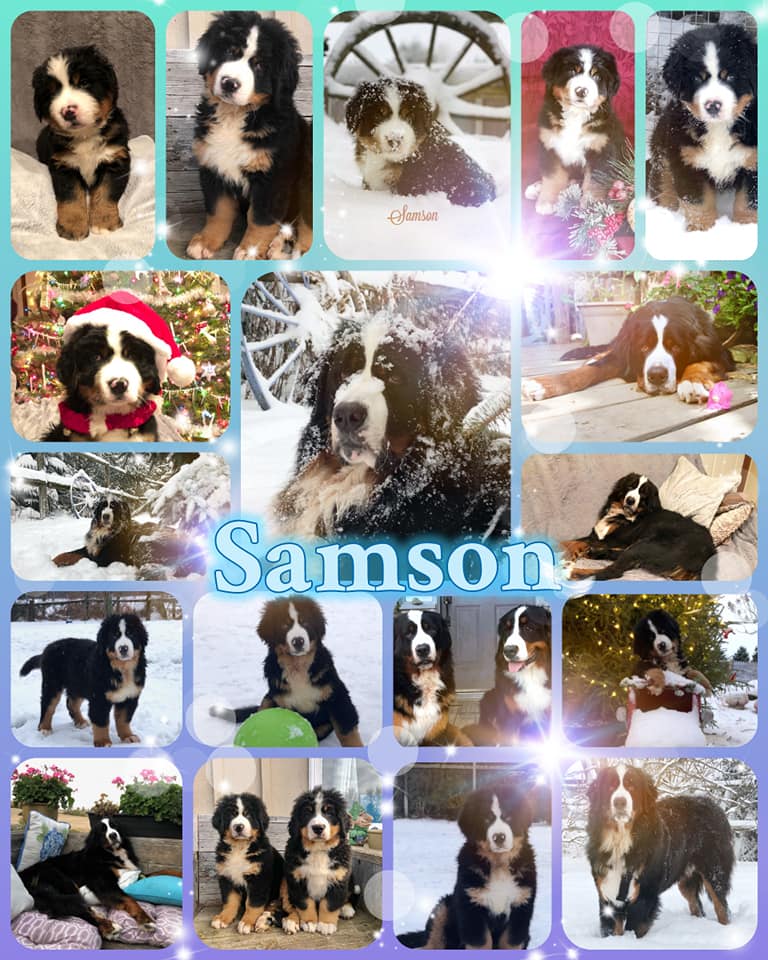
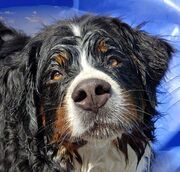
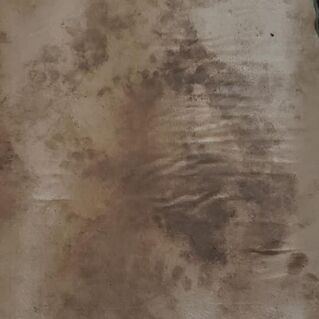
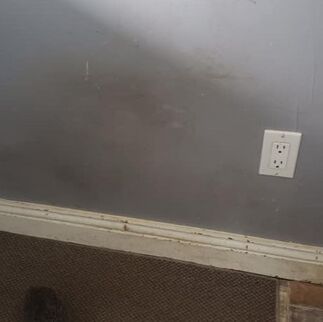
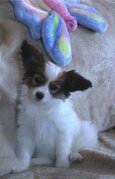
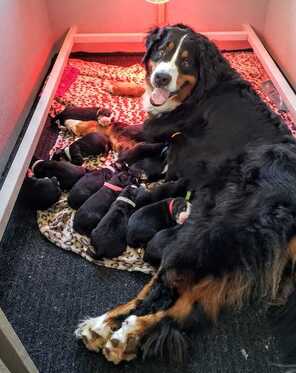
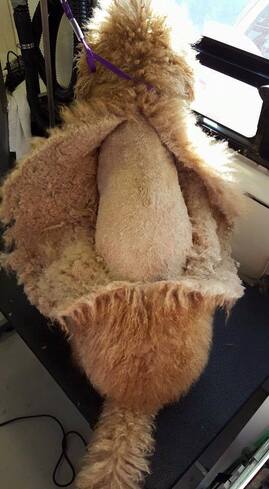
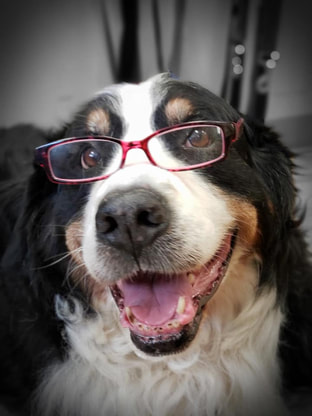
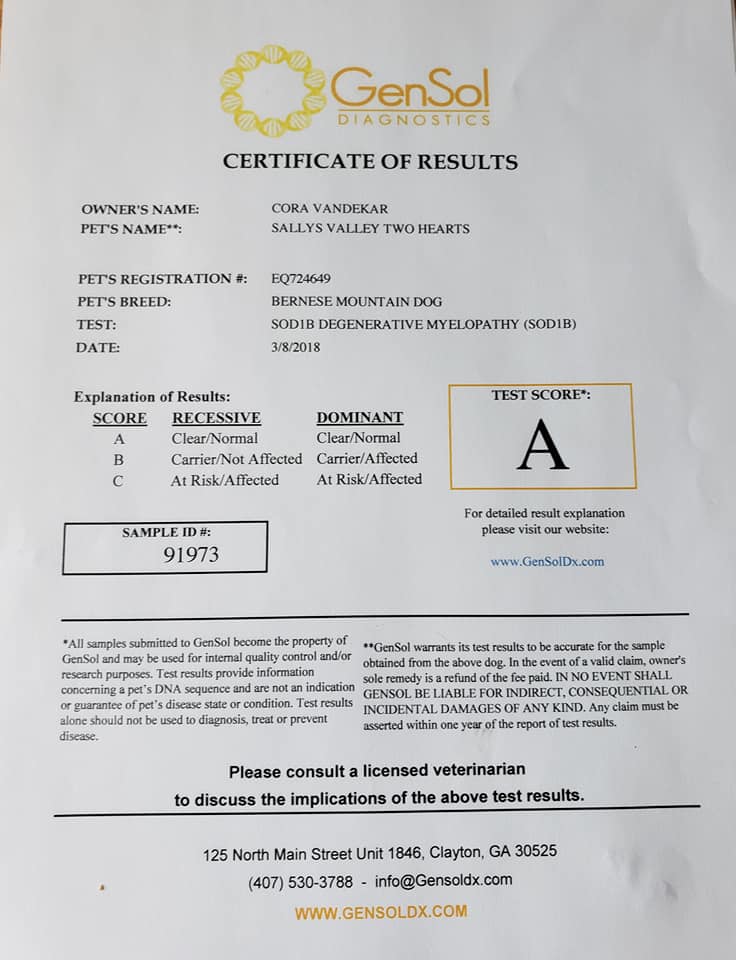
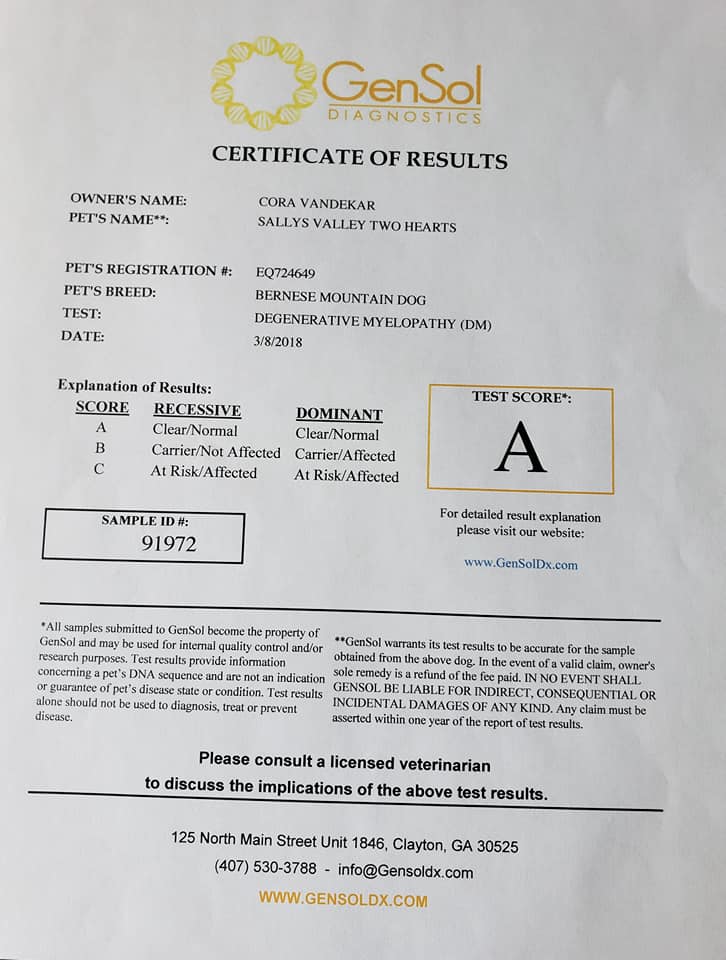
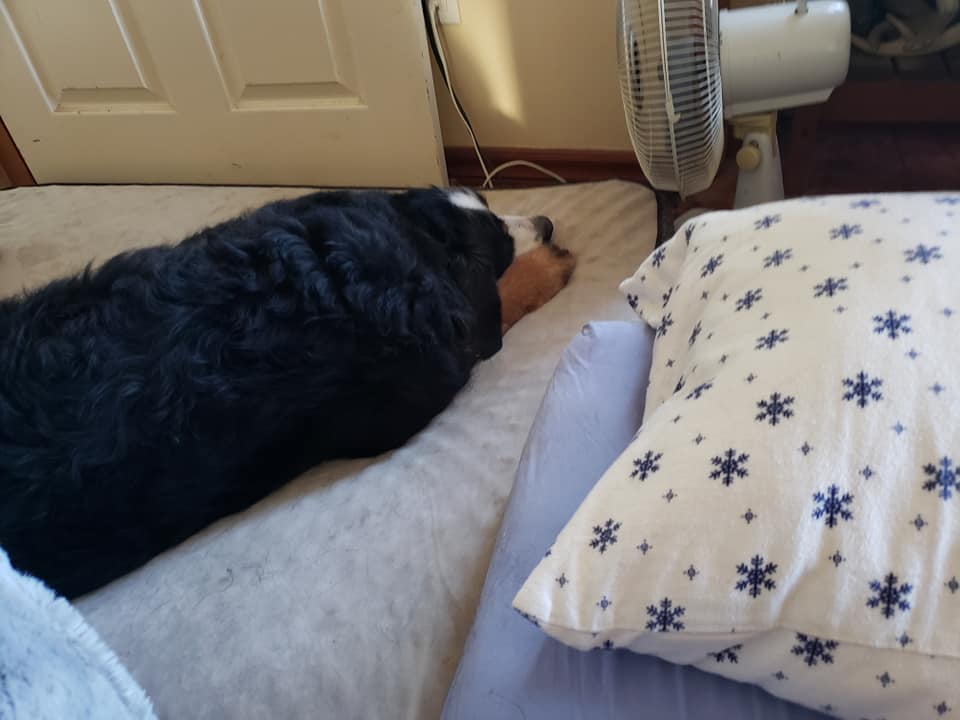
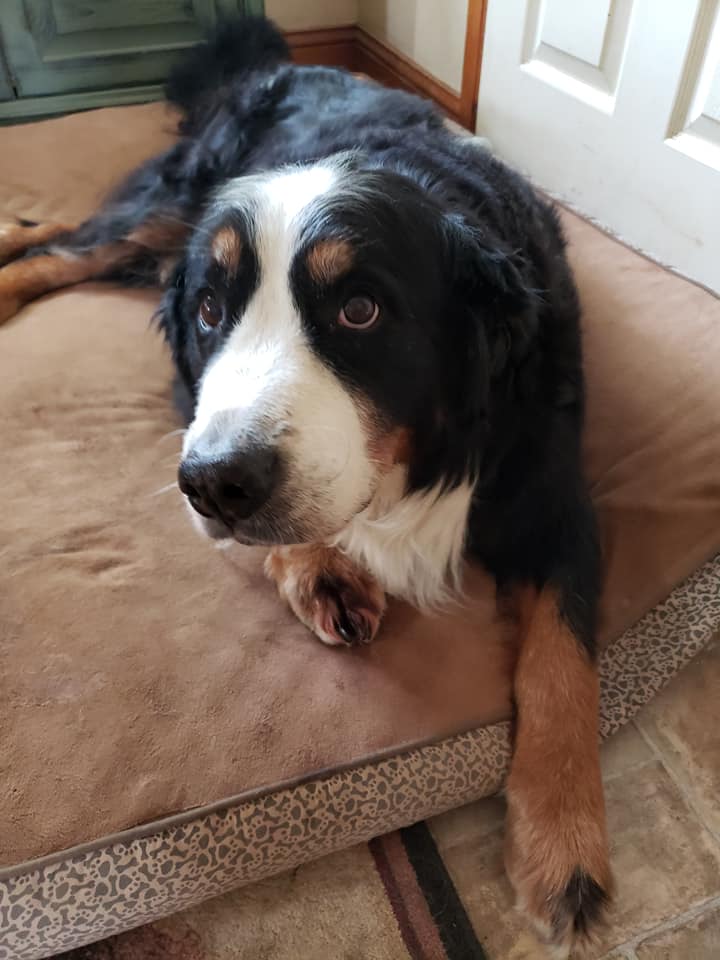
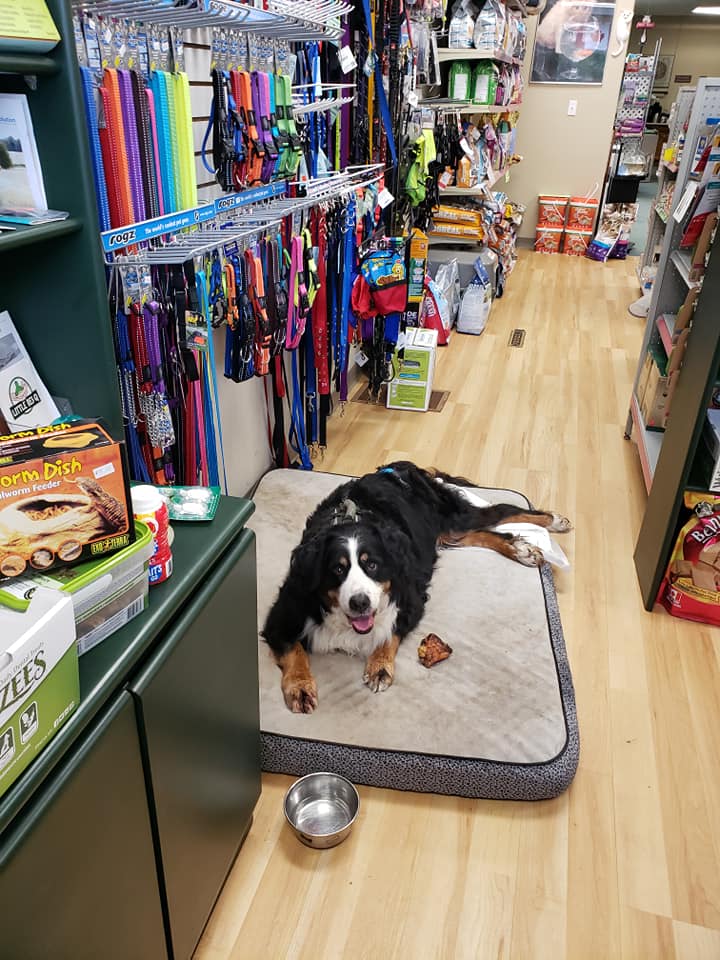
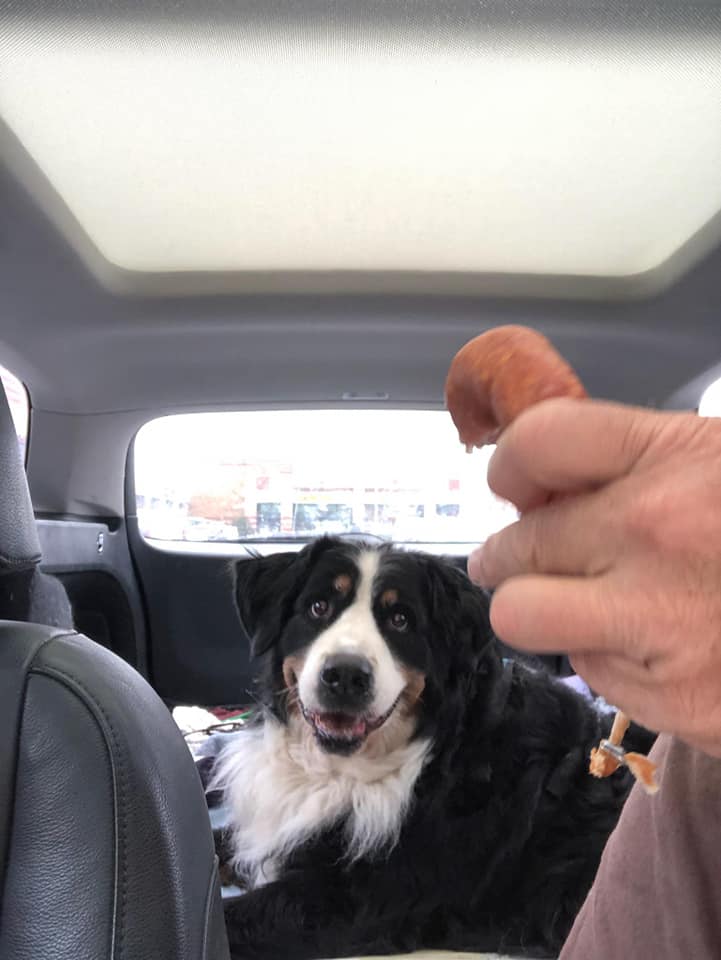
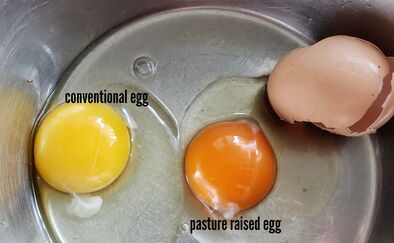

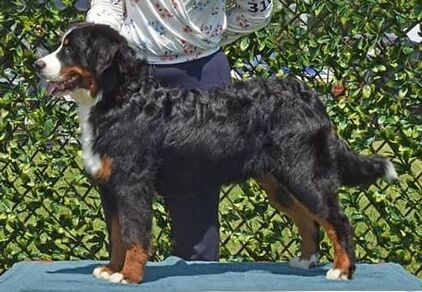
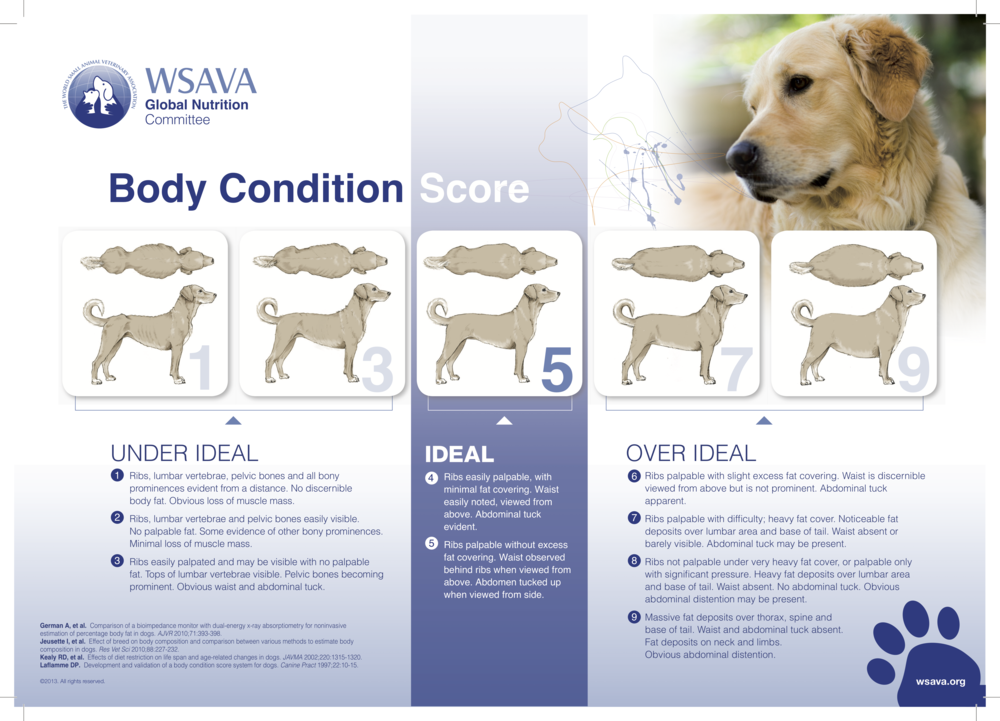
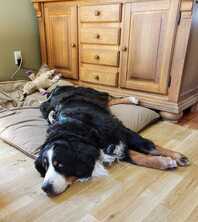
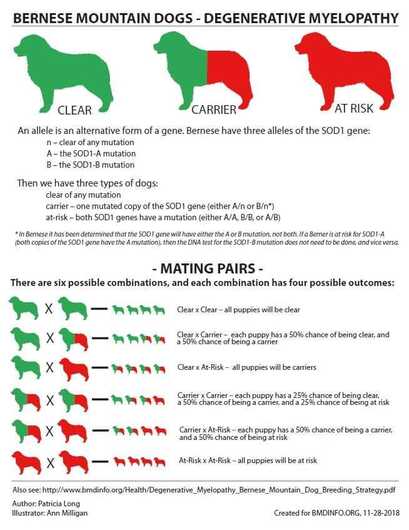
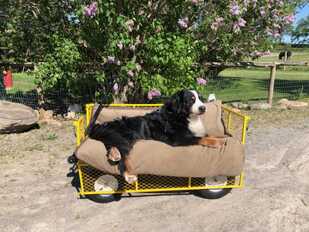
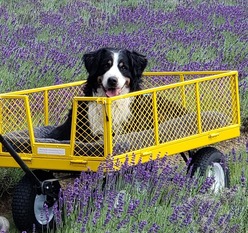
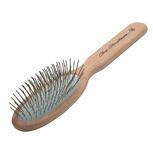
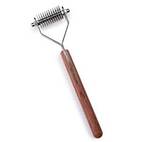
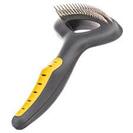
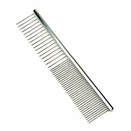

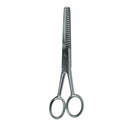

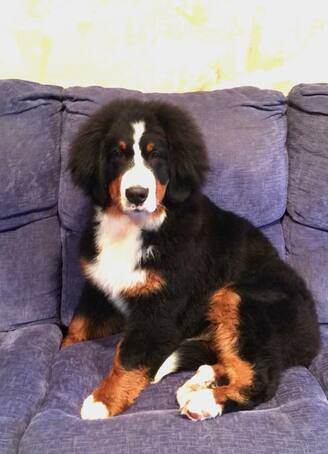
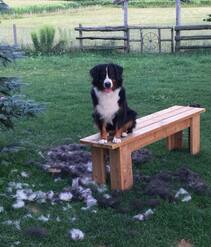
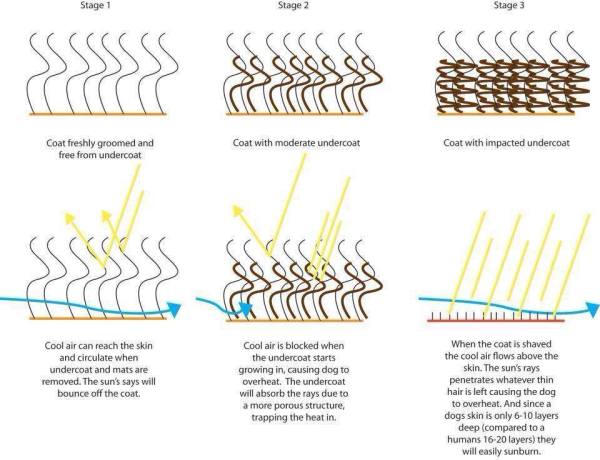
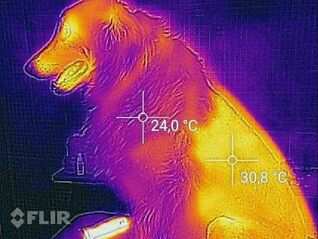
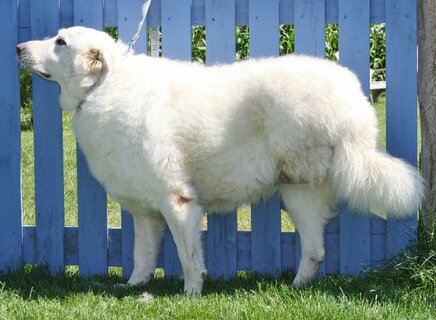
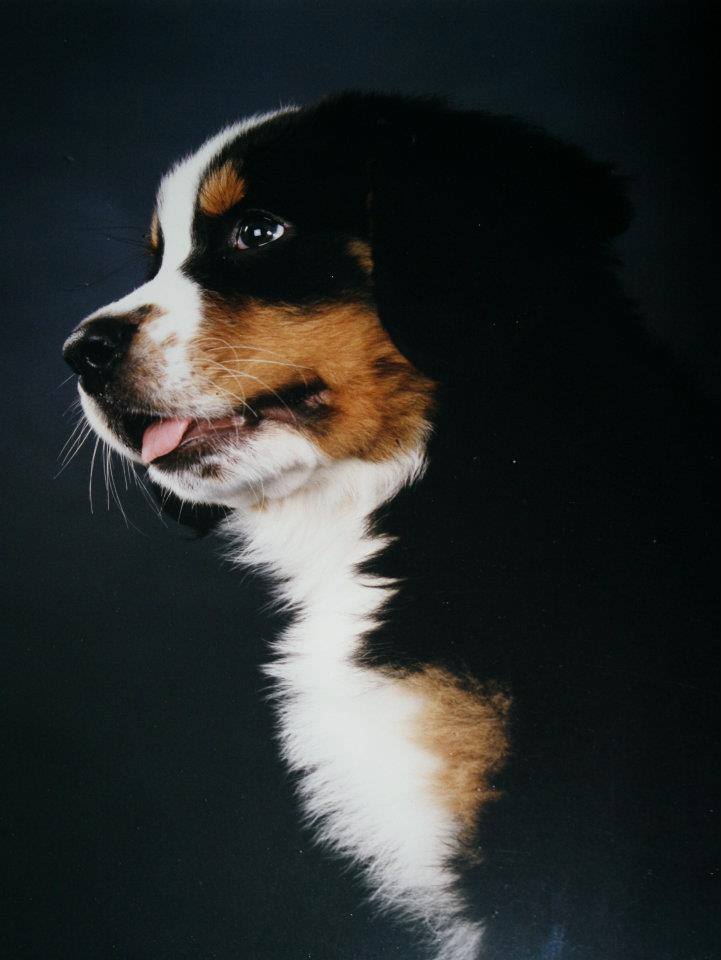
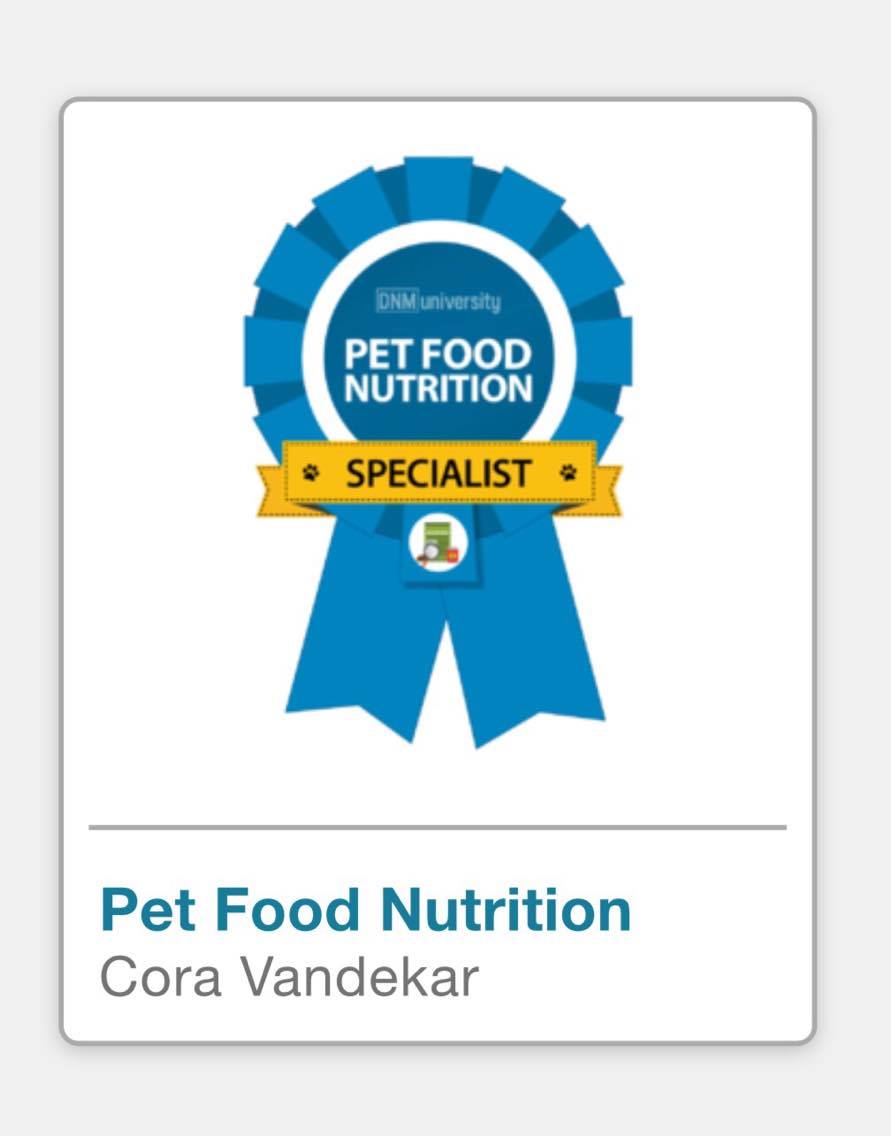
 RSS Feed
RSS Feed